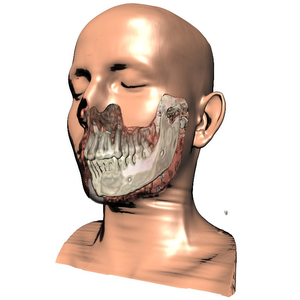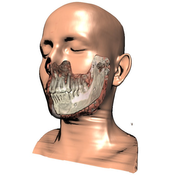Information
- Publication Type: Invited Talk
- Workgroup(s)/Project(s):
- Date: 2005
- Event: Dagstuhl Seminar on Scientific Visualization: Challenges for the Future
- Location: Dagstuhl, Germany
- Conference date: 5. May 2005 – 10. May 2005
- Keywords: illustration, scientific visualization, abstraction
Abstract
Illustrations play a major role in the education process. Whether used to teach a surgical or radiologic procedure, to illustrate normal or aberrant anatomy, or to explain the functioning of a technical device, illustration significantly impacts learning. One of the key concepts for creating an expressive illustration is abstraction. Abstraction introduces a distortion between the visualization and the underlying model according to the communicative intent of the illustration. Inspired by observations from hand-made illustrations, similar techniques for the generation of rendered images have been developed. These techniques work on different levels: low level abstraction techniques (stylized depiction methods) deal with how objects should be presented, while high level abstraction techniques (smart visibility approaches) are concerned with what should be visible and recognizable. We review several existing approaches from both categories and describe important concepts used in the design of a system for creating interactive illustrations directly from volumetric data.Additional Files and Images
Weblinks
No further information available.BibTeX
@talk{bruckner-2005-ATI,
title = "Abstraction Techniques for Interactive Illustration",
author = "Stefan Bruckner",
year = "2005",
abstract = "Illustrations play a major role in the education process.
Whether used to teach a surgical or radiologic procedure, to
illustrate normal or aberrant anatomy, or to explain the
functioning of a technical device, illustration
significantly impacts learning. One of the key concepts for
creating an expressive illustration is abstraction.
Abstraction introduces a distortion between the
visualization and the underlying model according to the
communicative intent of the illustration. Inspired by
observations from hand-made illustrations, similar
techniques for the generation of rendered images have been
developed. These techniques work on different levels: low
level abstraction techniques (stylized depiction methods)
deal with how objects should be presented, while high level
abstraction techniques (smart visibility approaches) are
concerned with what should be visible and recognizable. We
review several existing approaches from both categories and
describe important concepts used in the design of a system
for creating interactive illustrations directly from
volumetric data.",
event = "Dagstuhl Seminar on Scientific Visualization: Challenges for
the Future",
location = "Dagstuhl, Germany",
keywords = "illustration, scientific visualization, abstraction",
URL = "https://www.cg.tuwien.ac.at/research/publications/2005/bruckner-2005-ATI/",
}


